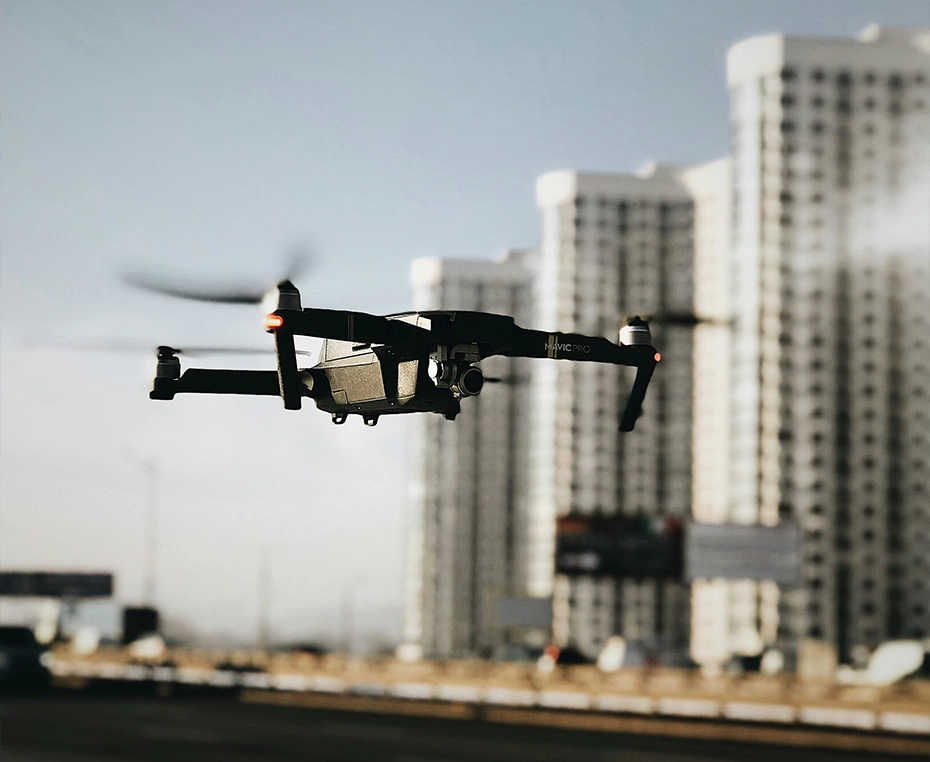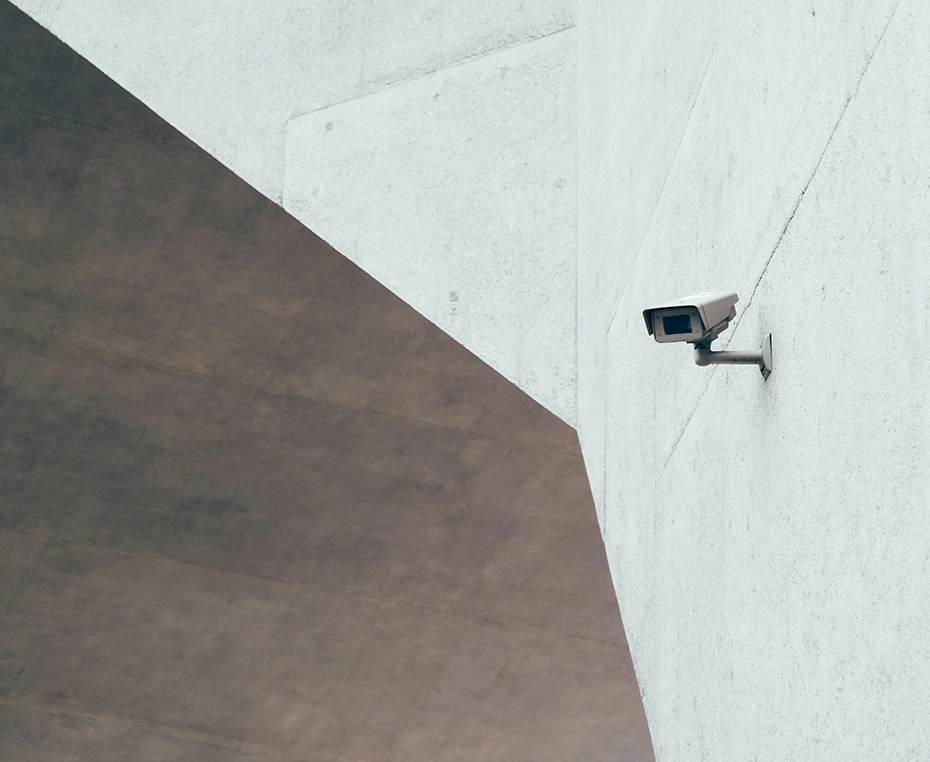Rethinking Perimeter Security: From Flat Lines to 3D Layers
As our industry reshapes the future of perimeter security, we are energized by our work at the intersection of building systems and protective design to inform public safety and resilience.
Whether we’re navigating shifting access control needs, preparing for aerial threats, or planning for multi-layered site security, the perimeter is no longer just a boundary line. It's a dynamic, three-dimensional challenge. At IntegralRSG, we’re ready to help turn risk into resilient, forward-thinking design.
Perimeter Security Goes Vertical
Perimeter security is no longer two-dimensional. It’s not just about placing fences or bollards—it’s about vertical layering, rooftop access, and even underground vulnerabilities. In some cases, integrated camera systems extend visibility well beyond traditional site lines, proving how far today’s technology can push perimeter awareness. For protective design consultants, this calls for fresh thinking around material coordination, sightline planning, and access integration.






